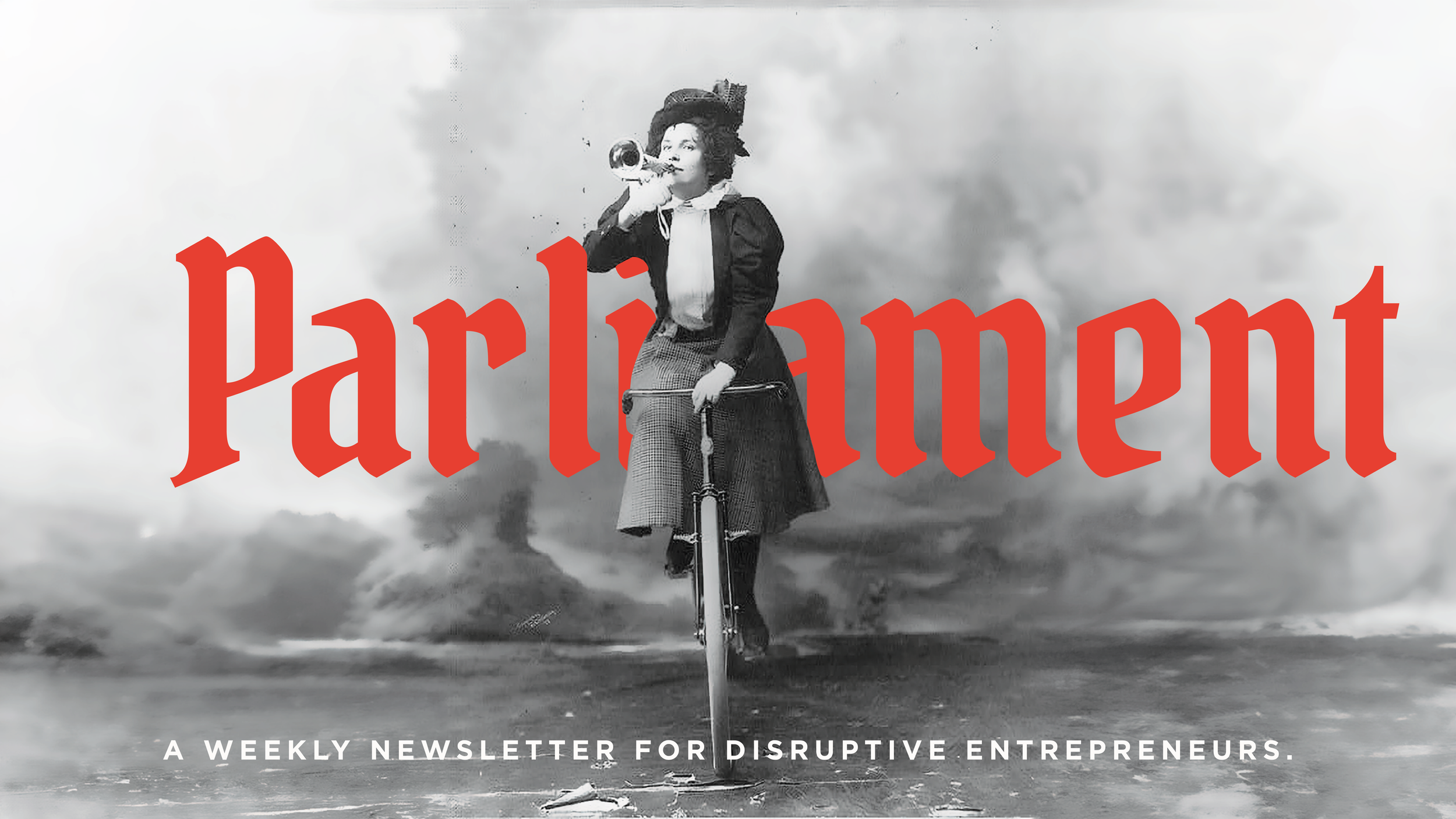Parliament | You Can Feel The Hate
When Creative Work Loses Its Soul
We have so many great client partners in the creative process. And we have learned a few things about producing great work in the last fifteen years. I like to sum it up with the phrase, “you can feel the hate” — otherwise known as, the slow death of emotional engagement through micromanagement.
I also have a lot of empathy for clients working with creative agencies. I imagine it feels like talking to my bookkeeper, who I recently told, “Talk to me like your 7th-grade sister, who you think is really smart.”
So here are some of my best tips (and cautionary tales) for keeping that work “happy” and keeping the “hate” at bay.
Know The Process
A well-mapped process is key to the success of a creative project. It can be hard to craft these processes without a decent amount of experience (that freelancer ghosting you again, hmmm?)
Understand the process thoroughly
Ask TONS of questions, they are never silly or stupid, we love them!
Make sure you feel like you understand your role vs their role
If they don’t tell you how they want to receive feedback, ask, and ask for it to be in a way that suits you. We love a good Loom or a phone call if written feedback isn’t your thing.
Be ready with examples. Words are key to explaining what you are looking for, but often it is in the language where things go awry. What you might describe as vintage or classic won’t be to the 25-year-old designer on the team.
Download our Project Roadmap Doc to share with your creative partner if they don’t have one.
Don’t Crowd Source
This is the kiss of death for excellent work.
Stakeholders need to be a part of the whole process, not just the fun part when it’s time to review work
They don’t have ANY of the context you have as someone who has been a part of the process from the beginning (remember, the process is KEY)
Everyone and their mother think they are a marketer, and everyone will react to the work — “it looks like an upside-down elephant.” (Have you ever shared a baby's name before the baby was born? Like that.)
Just because you love them doesn’t mean they have good taste. We have spent years doing this work, and we have worked on hundreds of brands at this point, we might know more than your mom’s neighbor whose father was a typesetter in 1936.
If you want to read more about this, there is a lot of research on why people gravitate towards things that make them comfortable vs novel things.
The Real Cost of Control
Let's break down what happens when you squeeze the life out of your creative partnerships:
1. Death by a Thousand Revisions
We expect revisions; believe it or not, we often see better work on the other side of client collaboration (which is why it is one of our core values). But there is a difference between collaboration and micro-management. Collaboration looks like telling us what you want the work to do and what it’s not doing for you. Micromanagement is telling us exactly how to fix it (“two clicks to the right”)
So why the hate, you ask?
Every micro change chips away at emotional investment
Your team shifts from "How can we make this amazing?" to "What will make them stop asking for changes?"
2. The Inspiration Exodus
When autonomy dies, innovation follows
You end up with what's safe, not what's extraordinary
3. The Budget Paradox
You're paying premium rates for work that could be done by someone on Fiverr
Real creative magic—the kind that moves markets—requires emotional investment
You can't demand passion while destroying its source
Remember: You're not paying premium rates for a warm body with technical skills. You're paying for emotional investment, creative passion, and the magic that happens when talented people care about their work.
Artwork by Nya McClain, article by Senior Art Director, Bri Thomas


